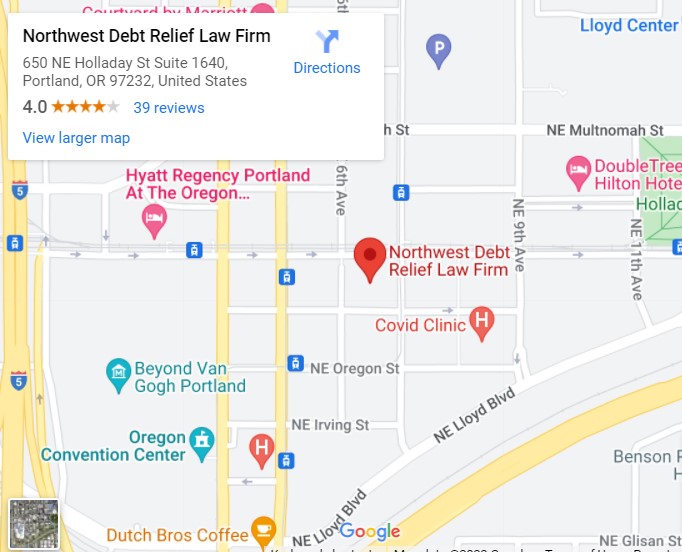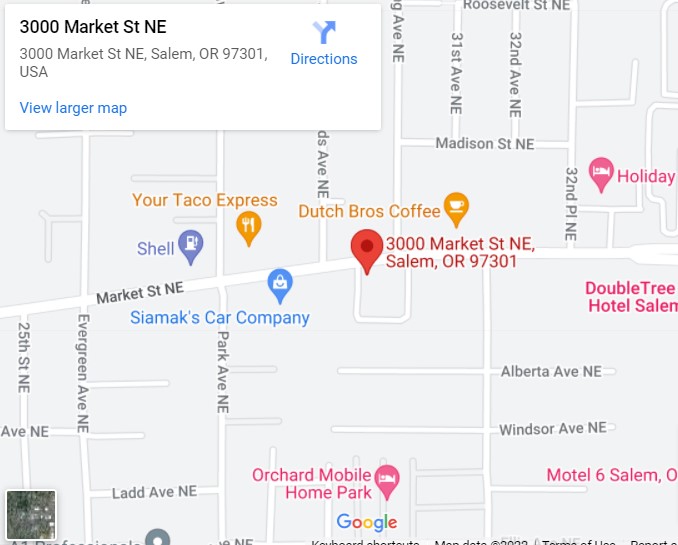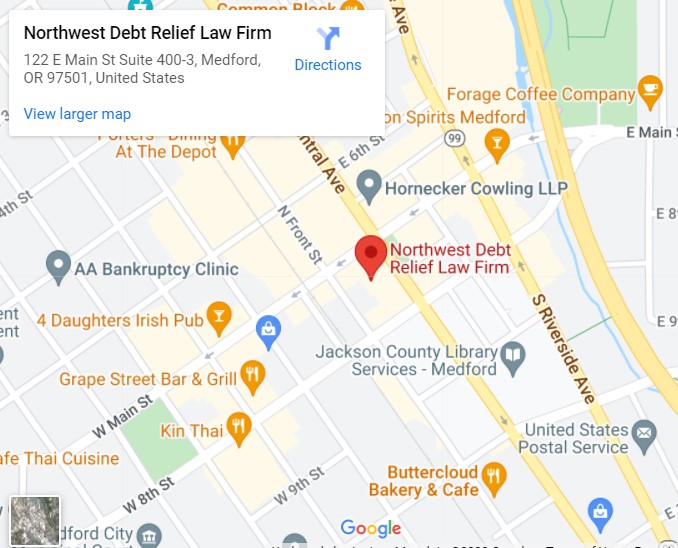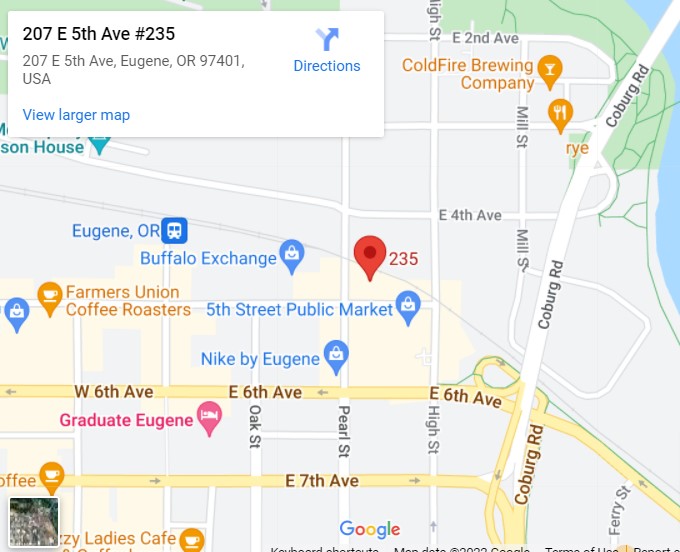Most people who proceed with filing bankruptcy cases do so to have their debts eliminated and have a fresh start financially. The different types of bankruptcy can help with financial problems either through liquidation of assets (that could wipe out debts) or through a creditor payment plan (as approved by the bankruptcy court).
Declaring bankruptcy is difficult without legal help from the right people. While filing bankruptcy can indeed enable you to have several types of debt discharged, note that your student loan debt will likely not be part of the list.
Pursuant to bankruptcy laws, most of your unsecured debts (such as credit card debt, medical debt, and personal loan debt) would usually be discharged after bankruptcy. Generally, a bankruptcy case would not exempt a bankrupt individual from being asked to pay off his or her student loan debt. However, if you filed for bankruptcy with the help of a reliable bankruptcy lawyer, your student loan could likewise be considered as a discharged debt.
In a bankruptcy filing, the trustee will check if the filer is indeed making payments for certain debts that the latter must pay back first. Part of the responsibilities of your bankruptcy trustee is to ensure that you pay all your priority debts (child support, alimony, criminal fines or penalties, or certain tax debt) first.
Even if student loans are considered as non-priority debts, discharging them through either a Bankruptcy Chapter 7 or 13 will require you to first prove undue hardship.
 The specifics of bankruptcy rules could vary from court to court, and so do the criteria to determine undue hardship. The place where you filed for bankruptcy can be a major factor. Most bankruptcy cases, however, would likely involve two tests: the Brunner Test and the Totality of the Circumstances Test. These can be explained in more detail by credible bankruptcy lawyers.
The specifics of bankruptcy rules could vary from court to court, and so do the criteria to determine undue hardship. The place where you filed for bankruptcy can be a major factor. Most bankruptcy cases, however, would likely involve two tests: the Brunner Test and the Totality of the Circumstances Test. These can be explained in more detail by credible bankruptcy lawyers.
Under the Brunner Test, student loan debts may be included in a bankruptcy petition if poverty, persistence, and good faith can be proven.
Poverty refers to how student loan debt repayment will affect your ability to maintain a minimal standard of living, as determined by your monthly income vis-a-vis living expenses. Persistence, meanwhile, refers to how your financial situation will not be improving significantly and you will still not be able to repay your student loan from your creditors. Lastly, good faith refers to how you have exerted significant effort to proceed with repayment of your student loan. This means that you have made attempts to pay lenders with what you owe for a certain period, but have not been successful due to several reasons, such as low income.
The Totality of the Circumstances Test, on the other hand, involves bringing to court every single paperwork that could be relevant or helpful to your petition for bankruptcy. The court will review your circumstances (as shown in these documents) and decide if, under bankruptcy law, undue hardship exists.
Make the most out of your would-be bankruptcy proceedings. For questions on the bankruptcy process, the different bankruptcy types, or how to file for bankruptcy, contact our law firm. Call us at Northwest Debt Relief Law Firm to consult with a reliable bankruptcy attorney.











